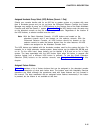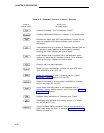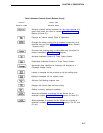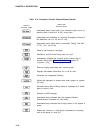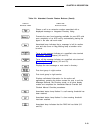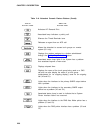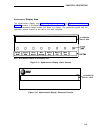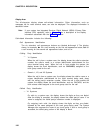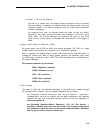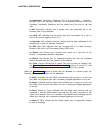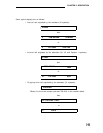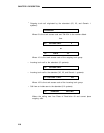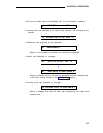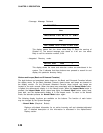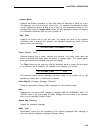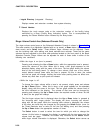
CHAPTER 2. DESCRIPTION
— Generic 1, V2, and V3 Systems
On calls to a system user, the display shows the digits as they are dialed.
After the dialing is complete, the display shows the called party’s name and
extension number. If no name is assigned, only the called party’s extension
number is displayed.
On outgoing trunk calls, the display shows the digits as they are dialed,
followed by the name and trunk access code assigned to the trunk group
being used. The System Manager can suppress the name of any trunk
group. If such a trunk group is accessed, the name portion of the display is
blank.
• System User’s Class of Restriction (COR)
All system users have a COR to define their calling privileges. The COR is a 2-digit
number followed immediately by a hyphen and a 4-character identifier.
With V1 systems, the display shows a user’s COR whenever the attendant places or
answers an internal call. With all other system versions, the attendant must press
the COR button to display a user’s COR. The COR information can be obtained from
the System Manager.
The restriction identifiers are as follows:
ORIG—Origination restriction
OTWD—Outward restriction
TOLL—Toll restriction
CODE—Code restriction
NONE—No restriction.
• Call Purpose
This refers to calls that are directed, redirected, or returning to the console through
an interaction with a feature. The call purpose identifiers are as follows:
co—Controlled Outward Restriction Call (V3 and Generic 1 systems)—
Indicates that a call from an internal user has been redirected to the attendant
because the user has Controlled Outward Restriction and has attempted to
make an outgoing call.
es—Controlled Station-to-Station Restriction
systems)—indicates that a call from an internal
the attendant because the user has Controlled
and has tried to make a station-to-station call.
Call (V3 and Generic 1
user has been redirected to
Station-to-Station Restriction
2-23



